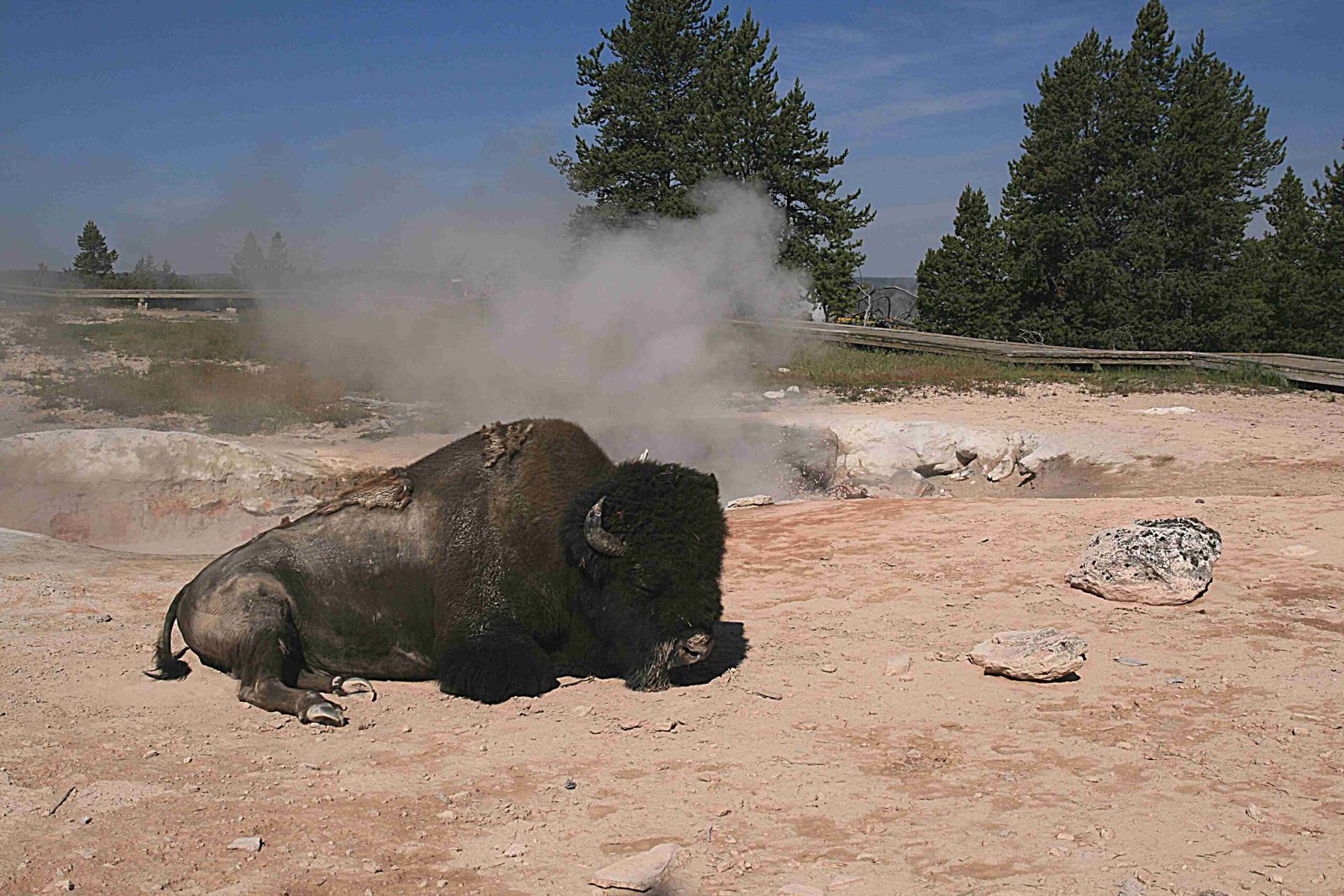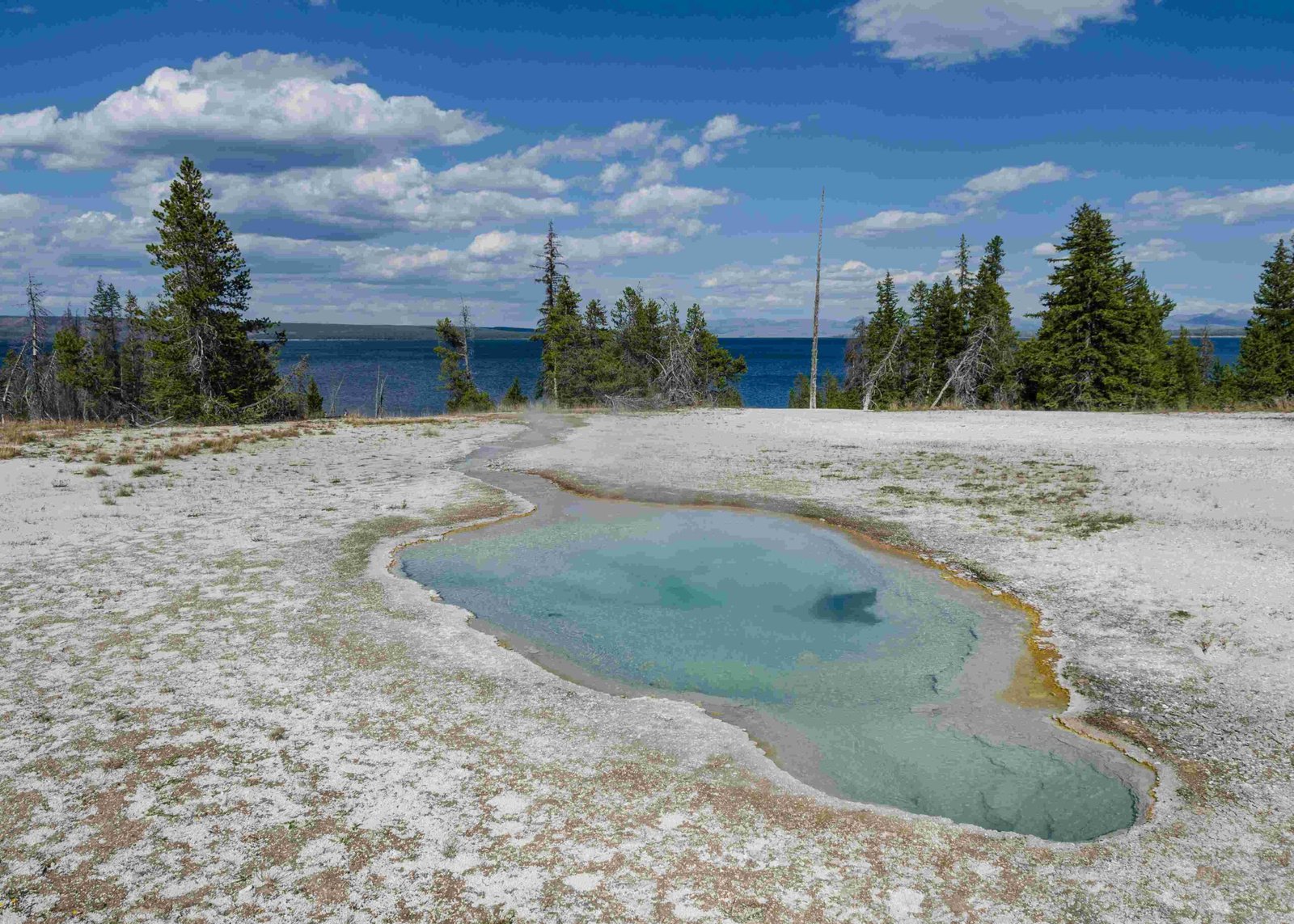Sir David Attenborough’s documentaries on wolves in Yellowstone National Park highlight the profound impact of wolf reintroduction on the ecosystem. His work showcases how the return of wolves in the 1990s restored ecological balance, influencing elk populations, vegetation growth, and the behavior of various species. Attenborough’s narratives, featured in series like ‘The Earthshot Prize’ and ‘Life of Mammals’, offer compelling insights into the complex interplay between predators and their environment in Yellowstone.
What Are the Key Scenes in Attenborough’s Documentaries on Yellowstone Wolves?

Attenborough’s documentaries on Yellowstone wolves feature several pivotal scenes:
- Discussion with wolf scientist Kira Cassidy about the ecosystem impact
- Footage of wolf packs hunting and forming social structures
- Scenes depicting the regrowth of vegetation following wolf reintroduction
- Demonstrations of wolf communication and hunting strategies
These scenes vividly illustrate the cascading effects of wolf reintroduction on Yellowstone’s ecosystem.
How Did Wolf Reintroduction Change Yellowstone’s Ecosystem?

The reintroduction of wolves in Yellowstone led to significant ecological changes:
- Reduction in elk population, previously overgrazing the area
- Increased movement of elk and deer, preventing localized overgrazing
- Regrowth of vegetation, including berry bushes, aspen, and willow trees
- Stabilization of riverbanks and changes in river courses
- Improved habitats for various species, including bears, moose, and scavengers
This ecological transformation, known as a trophic cascade, demonstrates the far-reaching impact of apex predators on their environment.
What Viewing Options Are Available for Wolves in Yellowstone?
Visitors to Yellowstone National Park have several options for viewing wolves:
- Guided Tours:
- Offered by the park and specialized companies
- Led by experienced naturalists and biologists
-
Provide insights similar to Attenborough’s documentaries
-
Self-Guided Observation:
- Possible in areas like Lamar Valley
-
Requires patience and proper equipment (binoculars, spotting scopes)
-
Educational Programs:
- Offered at visitor centers
- Include talks and presentations on wolf ecology
| Tour Type | Duration | Approximate Cost | Expertise Level |
|---|---|---|---|
| Guided Day Tour | 8-10 hours | $100-$300 | High |
| Self-Guided | Flexible | Park entrance fee | Varies |
| Educational Program | 1-2 hours | Often free | Moderate |
How Does Attenborough Portray Wolf Behavior in His Documentaries?
Attenborough’s portrayal of wolf behavior in Yellowstone is multifaceted:
- Social Structure:
- Depicts the formation and dynamics of wolf packs
-
Highlights the importance of cooperation in hunting and raising pups
-
Hunting Strategies:
- Shows wolves working together to take down large prey like elk
-
Demonstrates their impact on prey behavior and movement patterns
-
Communication:
- Illustrates various vocalizations and body language used by wolves
-
Explains the role of howling in territorial marking and pack cohesion
-
Ecological Role:
- Emphasizes wolves’ function as keystone predators
- Shows their indirect effects on other species and vegetation
What Conservation Messages Does Attenborough Convey About Yellowstone Wolves?
Attenborough’s documentaries on Yellowstone wolves convey several key conservation messages:
- Ecosystem Balance:
- Stresses the importance of predators in maintaining ecological equilibrium
-
Shows how removing or reintroducing a species can have far-reaching effects
-
Biodiversity:
- Highlights how wolf presence increases overall biodiversity in the park
-
Demonstrates the interconnectedness of different species
-
Human Impact:
- Discusses the historical eradication of wolves and its consequences
-
Emphasizes the need for informed wildlife management practices
-
Coexistence:
- Explores the challenges and benefits of human-wolf coexistence
- Promotes understanding and appreciation of wolves’ ecological role
How Can Visitors Experience Yellowstone’s Wolf Ecosystem Firsthand?
To experience Yellowstone’s wolf ecosystem firsthand, visitors can:
- Participate in guided wolf-watching tours
- Attend ranger-led programs focused on wolf ecology
- Visit prime wolf-watching areas like Lamar Valley during dawn or dusk
- Explore exhibits at visitor centers that detail wolf reintroduction history
- Join citizen science projects related to wolf and wildlife monitoring
These experiences offer insights into the complex ecosystem Attenborough describes in his documentaries.
What Future Challenges Do Yellowstone Wolves Face?
Despite their successful reintroduction, Yellowstone wolves face ongoing challenges:
- Climate Change:
- Altering prey availability and habitat conditions
-
Potentially affecting wolf population dynamics
-
Human-Wildlife Conflict:
- Tensions with ranchers outside park boundaries
-
Debates over wolf hunting regulations in surrounding areas
-
Genetic Diversity:
- Concerns about long-term genetic health of the isolated population
-
Potential need for future genetic augmentation
-
Disease:
- Risks from diseases like canine distemper and mange
- Challenges in managing disease outbreaks in wild populations
Attenborough’s work often touches on these issues, emphasizing the need for continued conservation efforts and research.
Sir David Attenborough’s documentaries on wolves in Yellowstone National Park not only showcase the beauty and complexity of these animals but also highlight their crucial role in maintaining ecological balance. Through his compelling narratives and stunning visuals, Attenborough brings to life the intricate relationships between wolves, their prey, and the broader ecosystem, inspiring viewers to appreciate and protect these magnificent creatures and their habitats.
References:
1. https://www.youtube.com/watch?v=CFHmtVNu97E
2. https://www.youtube.com/watch?v=_UH-6r5jrGI
3. https://www.pbssocal.org/shows/nature/episodes/nature-in-the-valley-of-the-wolves

